Recently, I feel that more and more people are using hard synths partly thanks to YouTube and social media. The artist Bonobo performed live using the Moog Subsequent 25 with a modular synth many times on the first day at Fuji Rock Festival ’22 on the White Stage. This year, TM Network is also going on tour. I think we are seeing many more active musicians who play hard synth in various ways and many of you are interested in synthesizers! So for this article, I’m going to show you how to choose a synthesizer and introduce some popular models from our ranking.

MOOG / Subsequent 25 Analog Synthesizer
table of contents
- What is a Synthesizer?
- Types of Synthesizers
- How to Choose a Synthesizer
- Popular Ranking!
- Latest Ranking
What is a Synthesizer?
The word synthesizer is derived from the verb “synthesize” in English and refers to an instrument that blends tones using various electrical methods and outputs them. By blending various tones, synthesizers not only produce piano sounds, organ sounds, and other keyboard instruments, but they also can create the sounds of Japanese instruments, string instruments, and even ambient sounds. Some synthesizers even have thousands of built-in tones.
Types of Synthesizers
There are many different types of hard synths!
■ Analog/Digital
Analog synthesizers produce sounds using electronic circuits and digital synthesizers produce sounds using computer programs.
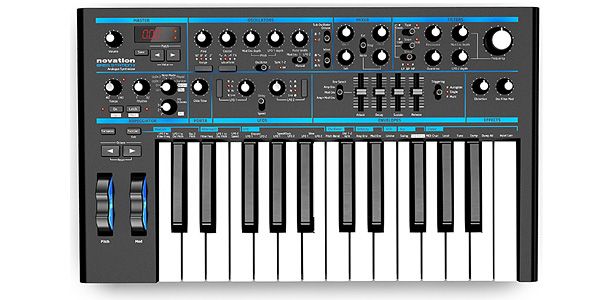 Analog Synthesizer
Analog Synthesizer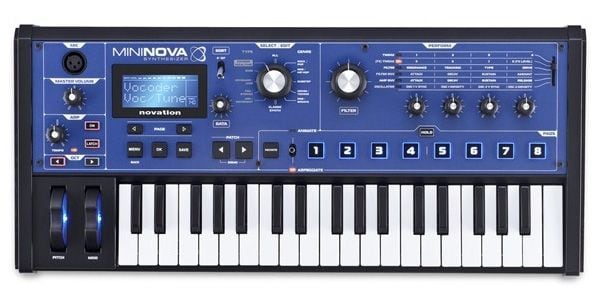 Digital Synthesizer
Digital Synthesizer■ Monophonic/Polyphonic (Paraphonic)
A monophonic synthesizer can only play one voice at a time (the maximum number of simultaneous notes), while a polyphonic (paraphonic) synthesizer can play multiple voices at the same time.
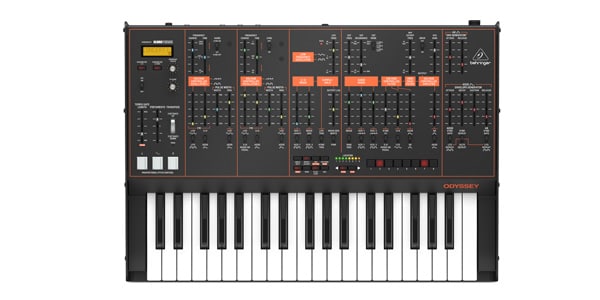 Monophonic
Monophonic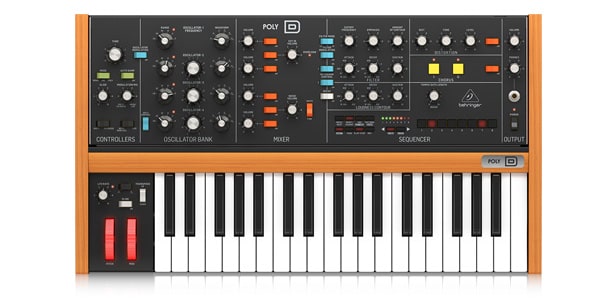 Polyphonic
Polyphonic■ Methods of Sound Synthesis
- Subtractive Synthesis
- → In subtractive synthesis, unnecessary overtones are filtered out from a waveform that is rich in harmonics to create timbre.
- Additive Synthesis
- → Additive synthesis is a method to create timbre by adding sine waves that have no harmonics.
- Wavetable Synthesis
- → Wavetable synthesis is a method in which a single period of waveform stored in a wavetable is read out repeatedly to create a wide range of tones.
- Sampling Synthesis
- → In the sampling method, recorded (sampled) sounds are played back.
- FM Synthesis (Digital)
- → FM synthesis creates tones by modulating the frequency of a sine wave oscillator with a sine wave. When high-speed vibrato is applied, the timbre sounds as if it has changed instead of the pitch going up and down, creating a distinctive shimmering sound.
- Physical Modeling Synthesis
- → In physical modeling synthesis, the physical structure of a musical instrument is simulated to synthesize tones.
- Granular Synthesis
- → Granular synthesis splits the sample into smaller layers (grains) and recombines, crossfades, or uses other means to produce different sounds.
How to Choose a Synthesizer
For your first synth, choosing a workstation synthesizer is a good idea since it has a so-called ‘all-in-one’ synthesizer. This acts just like a multi-effects guitar pedal. A workstation synthesizer comes with a lot of preset tones, so you can just take it out of the box and hit the stage or head straight for the studio!
→ List of Workstation Synthesizers
If you already have production gear and/or a clear vision for the production, I recommend choosing a specialized model based on the synthesizing method. If you want to create sparkling metallic tones, choose an FM synthesizer (Yamaha Reface DX, Korg OPSIX, etc.), if you want to play synth bass, choose an analog monophonic synthesizer (Novation Bass Station, Korg monologue, etc.).
Other factors you should consider are as follows.
- Number of Keys and Keyboard Touch
- → The number of keys ranges from 25 to 88 keys, depending on the model. Some models don’t have a keyboard because they are designed to work with a separate MIDI keyboard or DAW software, and some models have an electro capacitive keyboard.
- Split/Layer Function
- → The split function splits a keyboard for two or more tone colors. The layer function allows you to layer tones.
- Sequencer Function
- → This function allows recording and playing back performance data. This function is used for automatic or synchronized performance.
Popular Ranking!
Now let’s take a look at the most popular synthesizers at Sound House! In this article, I am going to introduce the top 3 models in each of the following 3 categories!
■ Workstation Synthesizer
ROLAND / FANTOM-7EX MUSIC WORKSTATION
■ Analog Synthesizers
The minilogue xd is a brushed-up version of the minilogue, which had an impact with its genuine analog sound. With newly added digital multi-engine, effects, a powered-up sequencer, and micro tuning functionality, the minilogue xd offers even more pleasure to sound design and performance potential.
This popular model from Korg is in the ranking! The hybrid design of analog and digital 2VCO + MULTI ENGINE allows for a wide range of tone creations! The minilogue xd is recommended because it’s more affordable than other synthesizers.
I also recommend the original minilogue!
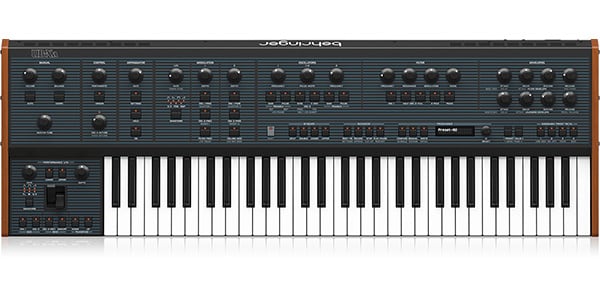
SEQUENTIAL(Dave Smith Instruments) / Prophet-5 Rev.4
The new Prophet-5 Rev.4 was born out of Dave Smith’s recollection of and love for the analog polysynth that changed the world, which was his roots of more than 40 years of tireless production of synthesizers.
The legendary analog polyphonic synthesizer Prophet-5 was well-known as Ryuichi Sakamoto’s favorite for Yellow Magic Orchestra music and live performances. The Prophet-5 Rev.4 uses modern technology and is said to be the best Prophet-5 synthesizer. Dave Smith has passed away, but I am sure that many masterpieces will continue to be created with the technology he left behind.
■ Digital Synthesizers
The Waldorf Iridium takes Quantum’s powerful synthesis engine into the compact housing. The Iridium is a 16-voice polyphonic desktop synthesizer that uses the best of cutting-edge synthesis technology.
The Iridium from Waldorf, a leading synthesizer manufacturer from Germany, is ranked in the list!
This is a desktop synth that has no keyboard, and can be played together with a MIDI keyboard, sequencer, or other device. The Iridium Keyboard which has a keyboard was also released.
Korg / microKORG Analog Modeling Synthesizer
The microKORG is a compact, full-fledged synthesizer with a strong personality that was designed for the pure enjoyment of creating sounds. The sound source section uses the same DSP analog modeling system as the ELECTRIBE Series and the MS2000, which has been acclaimed by musicians. Each section on the front panel allows the user to freely create sounds with eight types of oscillator algorithms such as sawtooth wave and square wave, which are typical analog synth waveforms. Each section includes oscillators, filters, amplifiers, modulations, and effects, and switching between the sections and turning knobs allow for intuitive editing. The sound can also be modified in real time for a wide variety of situations from live performances to recordings.
The microKORG, a staple standard, was also ranked. This synth is very popular for its usability and portability. In addition to the wide range of synthesizer tones, the vocoder can also be used. The microKORG is also a good choice for beginners.
Latest Ranking
July 1, 2024 - December 31, 2024
| Rank | Maker | Category | Category | |
|---|---|---|---|---|
| 1 | TEENAGE ENGINEERING | Gadget | OP-1 field | 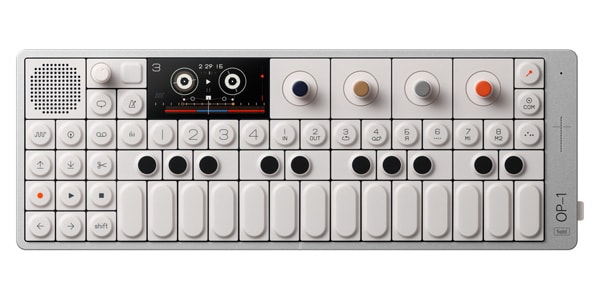 |
| 2 | BEHRINGER | Analog Synthesizer | PRO-800 | 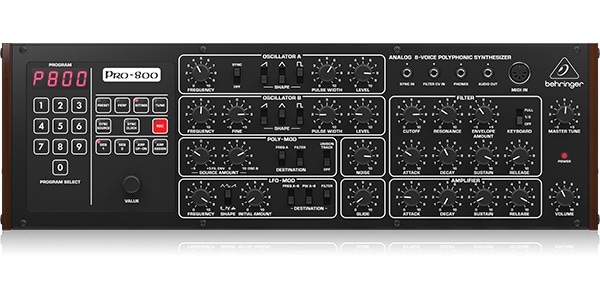 |
| 3 | BEHRINGER | Analog Synthesizer | UB-Xa |  |
| 4 | ROLAND | Workstation Synthesizer | FANTOM-06 | 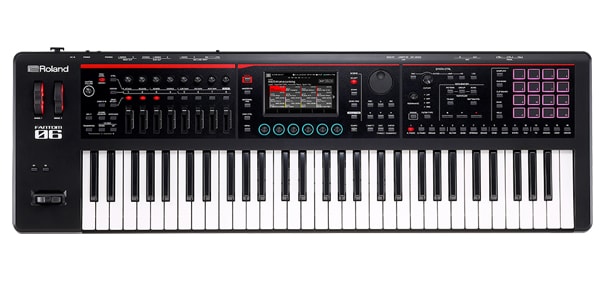 |
| 5 | ROLAND | Workstation Synthesizer | JUNO-D6 | 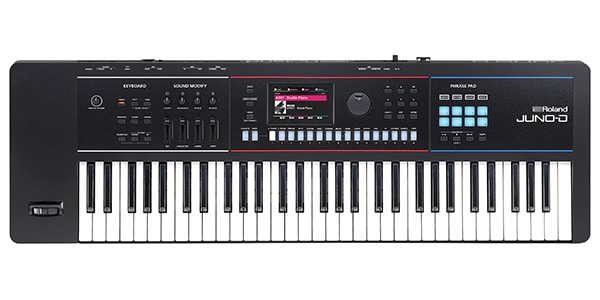 |
| 6 | KORG | Workstation Synthesizer | KROSS2-61-MB | 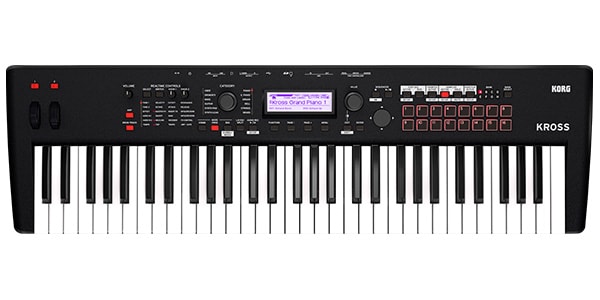 |
| 7 | SEQUENTIAL(Dave Smith Instruments) | Analog Synthesizer | Prophet-5 Rev.4 | 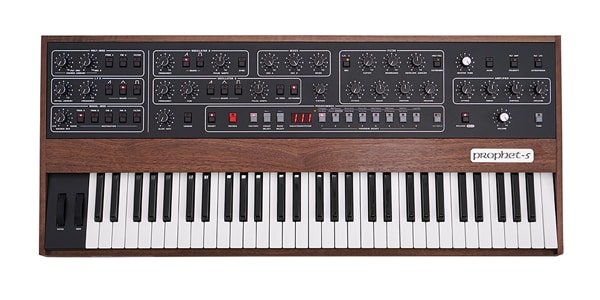 |
| 8 | YAMAHA | Workstation Synthesizer | MONTAGE M8X |  |
| 9 | KORG | analog modeling synthesizer | microKORG | 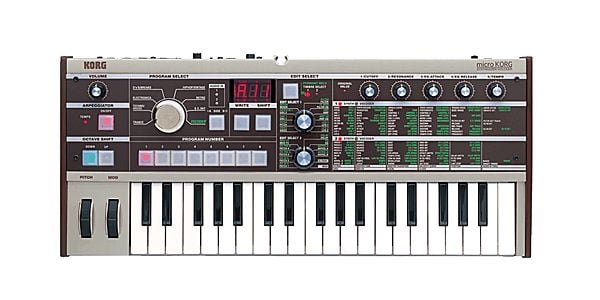 |
| 10 | AKAI | Workstation Synthesizer | MPC KEY37 | 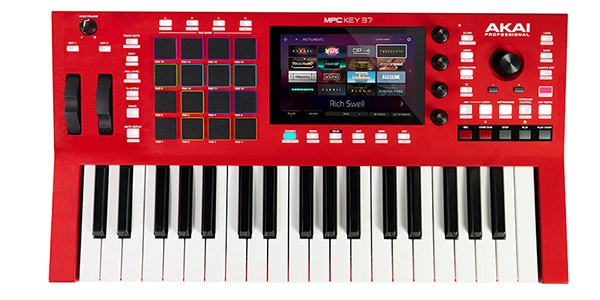 |
Conclusion
How was it? I hope that this article will help those who are just starting out on their synthesizers and for those who would like to introduce hard synthesizers into their studios.





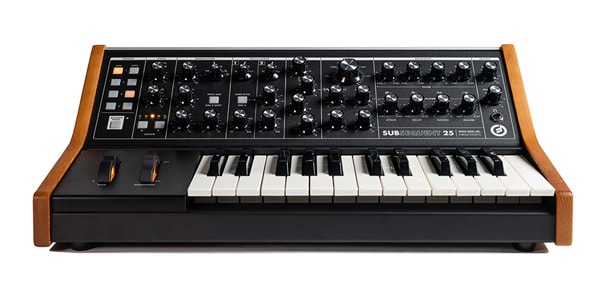
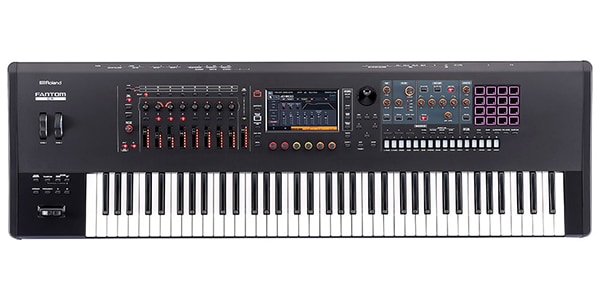
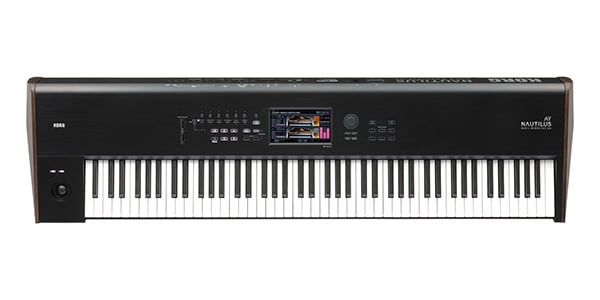

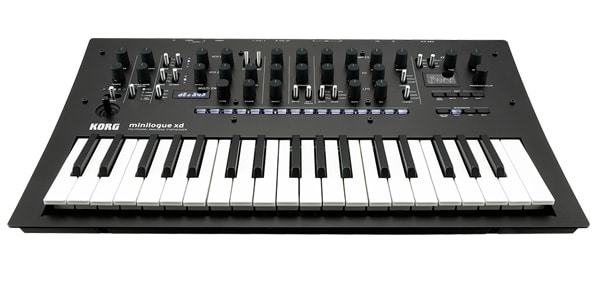
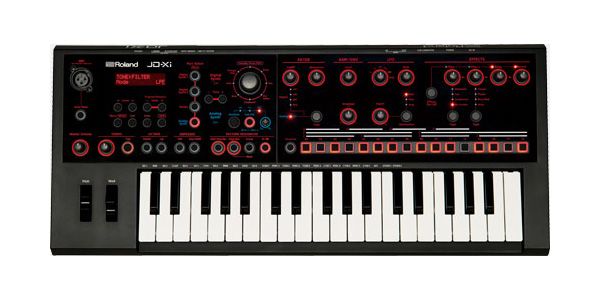
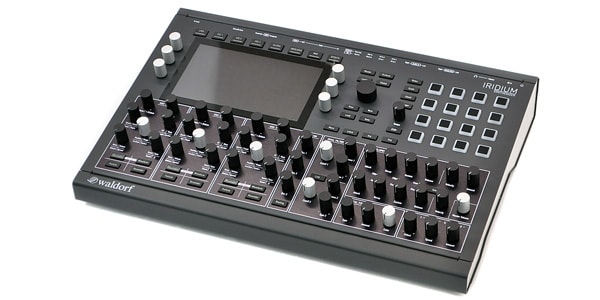
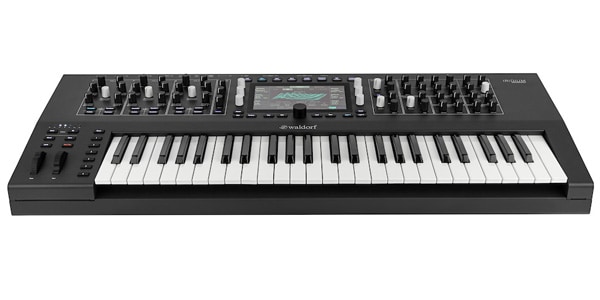




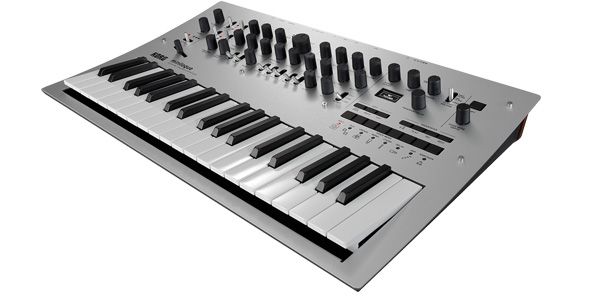


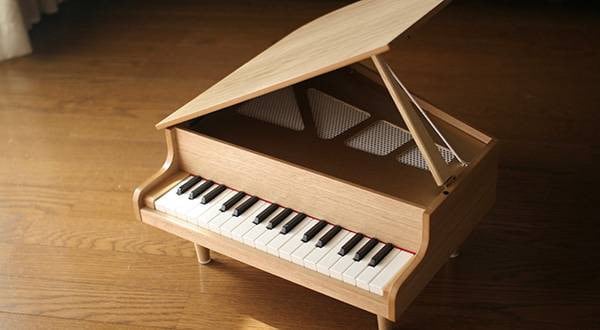
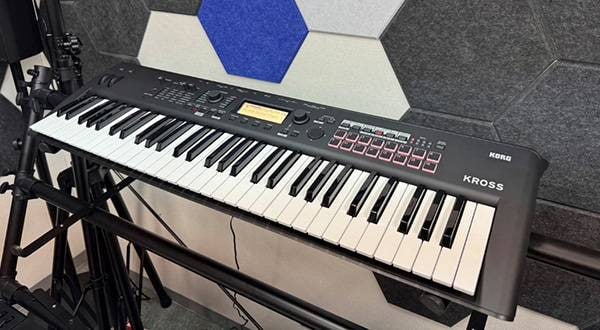
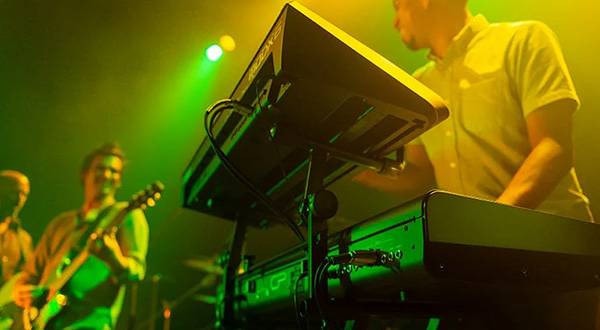
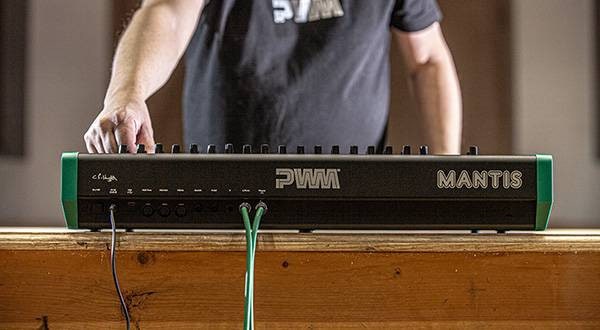
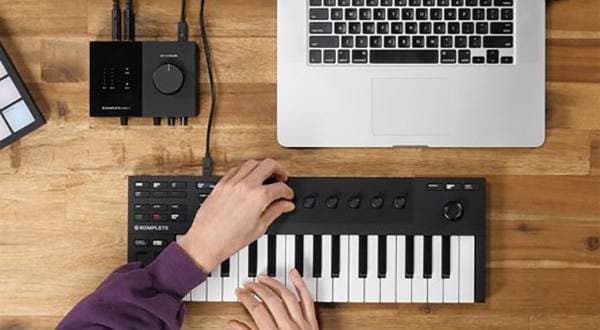
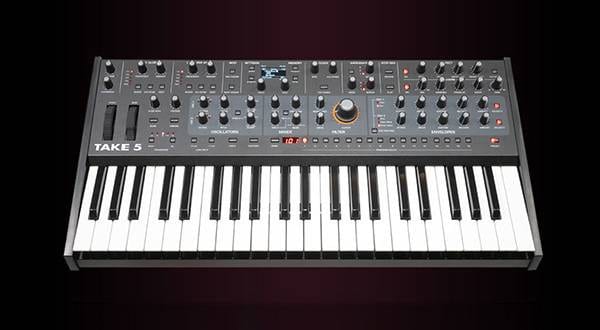
![[2025 Latest Edition!] Popular Modular Synthesizer/Semi-Modular Synthesizer Ranking [Recommendations]](/contents/uploads/thumbs/2/2021/12/20211202_2_15495_1.jpg)
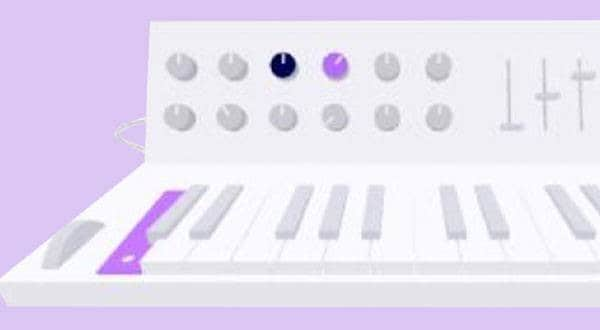
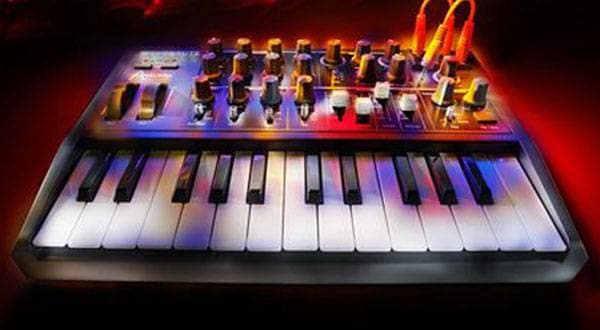
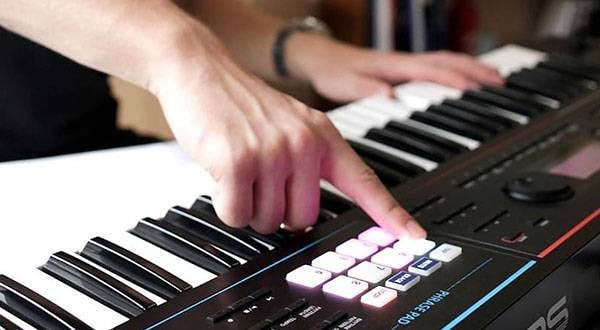
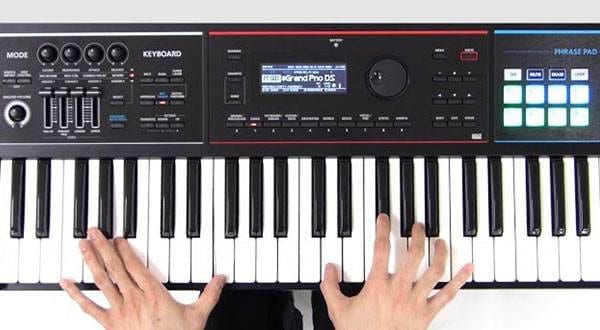
 USB接続対応のMIDIキーボード
USB接続対応のMIDIキーボード
 UR-RT4 ソフト音源やループ素材をリアンプ
UR-RT4 ソフト音源やループ素材をリアンプ
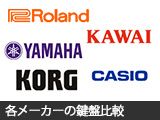 各メーカーの鍵盤比較
各メーカーの鍵盤比較
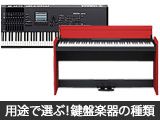 用途で選ぶ!鍵盤楽器の種類
用途で選ぶ!鍵盤楽器の種類
 キーボードスタートガイド
キーボードスタートガイド
 キーボード・ピアノ講座
キーボード・ピアノ講座















